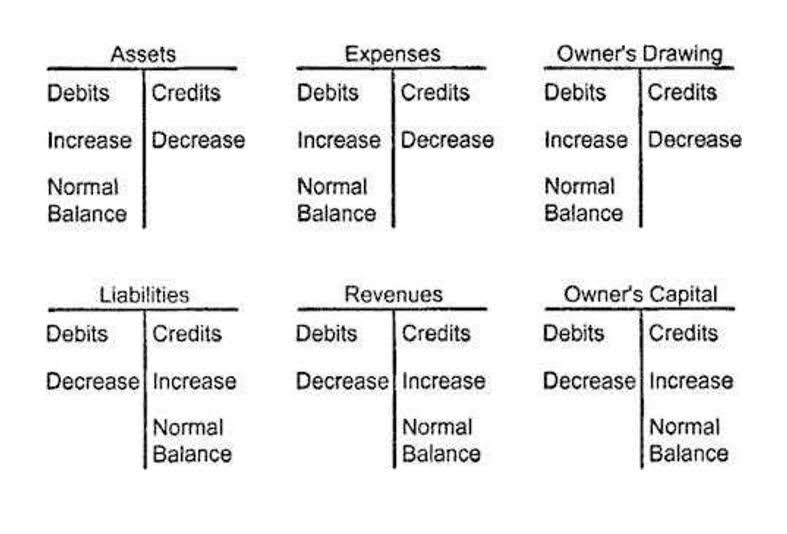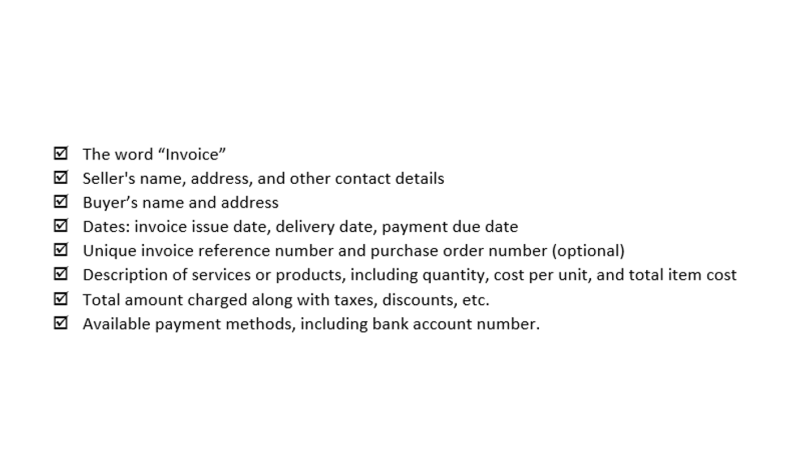
Despite the significance of these challenges, there remains a substantial gap in research exploring how nurses in Ethiopia navigate these ethical dilemmas. Furthermore, the factors that influence their decision-making processes are not well understood. In Ethiopia, these ethical challenges are further compounded by infrastructural constraints, such contribution margin as shortages of essential medical supplies and equipment, including ventilators and ICU beds 12, 13. Decision making frameworks are systematic approaches that provide a structured way of analyzing and evaluating different options before making a decision.

Understanding Decision Making Frameworks
- In general, research has shown that adults aged 60 years and older have lower levels of digital literacy compared to individuals aged below 60 years 31, 32.
- When communication is clear and team members are aligned on ethical considerations, nurses are better equipped to make informed decisions that reflect shared values.
- Behavioral Models, such as nudge theory (subtly guiding choices, like auto-enrolling employees in retirement plans) and prospect theory (addressing risk aversion in financial decisions), decode human biases to shape better outcomes.
- One effective decision-making framework is the Delphi method, where a group of experts provide their opinions on a particular issue anonymously.
- The methods employed during the development might have resulted in the unique features of our PDA, as well as similarities with the PANDA PDA.
- To reach a level of experience where you are confident enough to make the right decisions, a decision-making framework will always be of assistance.
- The Recognition-Primed Decision-Making (RPD) model is a decision-making process that relies on the experience and intuition of the decision-maker.
The intuitive decision making model is quite a bit different than the rational decision making model. When everyone’s committed to the option, send out an update to the company or team with a summary of the process. Ask for private feedback on options including a voting system (1-5, yes/no, etc…) and a few lines of reasoning.
- Artificial intelligence (AI) and machine learning (ML) are transforming decision-making processes by automating tasks, analyzing vast amounts of data, and providing real-time insights.
- This can lead to better decision outcomes and greater accountability in educational leadership.
- While it is not comprehensive, it provides guidance and prompts for important elements of most decisions.
- In addition, participants suggested improving access to ethics consultations, enhancing mental health services, and establishing clearer institutional policies to address ethical dilemmas.
- By defining each stakeholder’s contributions and expectations, conflicts arising from ambiguity or overlapping responsibilities can be minimized, promoting a more efficient and cohesive decision-making environment.
Methods

PulmoRelief significantly reduces airway inflammation and constriction by focusing on the inflammatory pathways linked to allergy and asthmatic respiratory diseases. Clinical studies have shown that PulmoRelief is operative for increasing patients’ overall quality of life, lowering the need for rescue inhalers, as well as enhancing lung function. Its usually well-tolerated nature, with sporadic mild gastrointestinal issues, has been emphasised by safety assessments. Its non-invasive administration procedure and flexible dosing schedule take patient preferences into account.
- When it comes to making complex decisions, using a decision-making framework can be a helpful tool.
- Multi-vote and multi-veto techniques involve gathering input from multiple stakeholders by allowing them to vote or veto options.
- Second, although respiratory illnesses are the focus of this study, expanding the framework to include other medical problems would enhance its generalisability and usefulness.
- This simple yet powerful technique helps uncover underlying issues and provides deeper insights into complex problems.
- This method helps streamline decision-making by clearly highlighting which tasks will provide the most value for the least effort.
Decision Making Frameworks: A Comprehensive Guide
Therefore, while ethical frameworks guide decision-making, they must be balanced with legal and institutional guidelines to mitigate potential legal risks. The research team consisted of two nurses with substantial experience in intensive care units (ICUs) and emergency departments (EDs). Each team member had varied roles in the research process, ranging from conducting interviews to data analysis. Two additional nurses, with similar critical care experience, were involved in data collection, conducting interviews under the guidance of the research team. To ensure the quality and consistency of the research, all team members underwent rigorous training in interview techniques, ethical guidelines, and the study’s objectives.
The efficiency of LVRS is compared to the hazards it entails, including as postoperative problems and the need for extensive postoperative rehabilitation. Given that surgery has inherent dangers, patient preferences are vital in the decision-making process. Considerations for cost-effectiveness include potential long-term decreases in decision making framework hospitalizations and enhancements to quality of life. Personalised therapy recommendations have great potential, however it is challenging to transform this idea into real-world clinical applications. Electronic Health Records (EHR), which provide insights into medical histories, test findings, and treatment outcomes, have developed into a useful store of patient information as medical data gets more and more digitized. But one of the biggest challenges is extracting useful and effective treatment recommendations from the massive and diverse EHR data.
- Chronic illnesses including cancer, diabetes, as well as cardiovascular conditions are becoming more prevalent, which is driving need for highly individualised treatments that can cater to individual patient needs.
- First, we started with an exploratory sequential design to assess patients’ needs and preferences.
- Ultimately, effective application requires matching the model’s strengths to the decision’s context—a blend of art and science.
- It involves stress-testing decisions against different scenarios, considering worst-case outcomes, and ensuring the chosen course of action remains viable even under adverse conditions.
- To address these risks, organizations must adopt comprehensive controls to ensure the secure implementation of AI.
One study found that spending allocations across business units among the companies it studied were correlated by an average of more than 90 percent from year to year. In other words, the allocation of spending to business units essentially never changed. The same study showed that companies that reallocated more resources—the top third of the sample—earned, on average, 30 percent higher TSR annually than companies in the bottom third of the sample. Overoptimism is the tendency to assume that everything will go right with a project, even though past projects tell us that such smooth outcomes are rare.
Vroom-Yetton Decision Making Model

The rational decision making model is ideal for solving complex problems that require a make-or-break decision. This model involves a lot of research and discussion and requires you to work in sequence. This model only works if you have the time to sit down as a team and methodically work through the best course of action. The Five Whys framework is designed to help CEOs understand the root cause of a problem by asking “Why? This simple yet powerful technique helps uncover underlying issues and provides deeper insights Retail Accounting into complex problems.